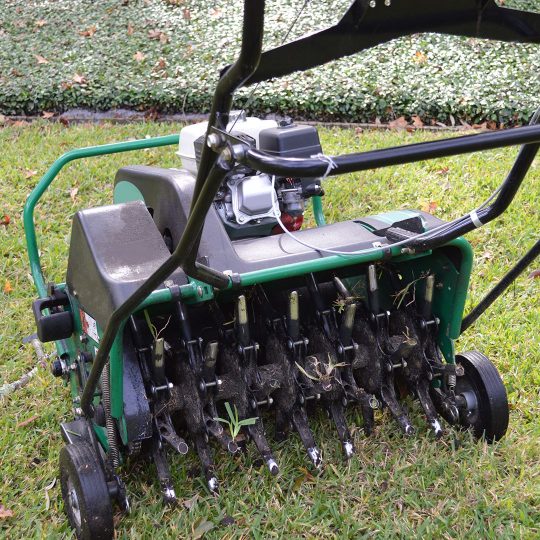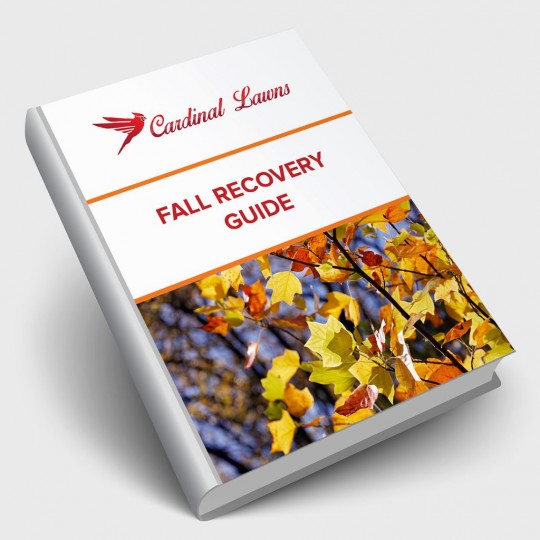Solid or Hollow Tine Aeration
How to Choose
Posted
October 5, 2017

Aerating can help you maintain a healthy lawn when done properly once a year. The act of pushing tine bars into the soil with a special machine allows air and moisture in, improving conditions for roots, plants, and grass. Depending on the type of lawn you have, you can choose solid or hollow tine aeration. Maximize the benefits of aeration by following these guidelines.
Why is Solid or Hollow Tine Aeration Important?
Whichever type of aeration you choose, you will helping your lawn in the following ways:
- Reducing soil compaction and water runoff
- Improving drainage, root depth, and drought-resistance
- Help to break down thatch, stimulate soil, and over-seed your lawn
- Help to break down thatch.
Aeration is typically done toward the end of the year when you’re ready to reseed. Once you determine what type of soil you have, you can choose the appropriate form of aeration.
Solid-Tine Aeration
Solid-tine aeration punches holes in the ground and removes the cores of soil from the lawn. If you have hard, clay soil, this is the most beneficial type of aeration. It’s easier to break through tough soil during solid-tine aeration. Plus, leaving the hard clay soil cores could make your lawn uneven and create more thatch, so it’s better if these cores are removed.
Hollow-Tine Aeration
When holes are punched, and the cores are left on your lawn, this is hollow-tine aeration. Soft and sandy soils benefit from this type. The leftover cores can help strengthen your lawn, especially in high traffic areas.
If you’re still unsure about the best type of aeration for your lawn, contact the Cardinal Lawns specialists at 614-808-4446 with any questions.

Download Your FREE Fall Recovery Guide
Summer’s extreme conditions can take a toll on your grass and its health. Take some time to learn how to bring your lawn back to life. This handy guide teaches you what needs to be done for a full fall recovery.